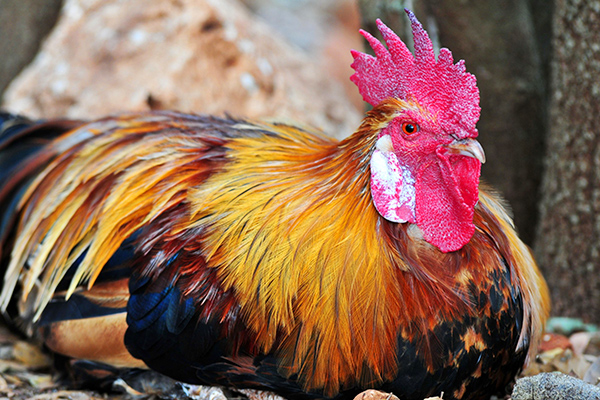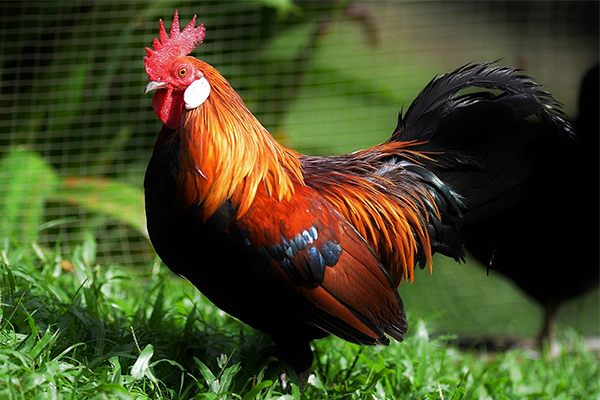Roosters (Gallus gallus domesticus) have lived alongside humans for thousands of years and are well-known animals, but they also have fascinating traits that many people don’t realize. In this article, we’ll explore real, science-based curiosities about their behavior, biology, and social functions. Understanding these facts is not only interesting, but also useful for breeders, bird enthusiasts, or anyone who enjoys observing them.
1. Behavior and Sensory Abilities
- Facial memory: Roosters can recognize and remember faces. Studies show they can recall up to 100 different human faces. This indicates a high level of social cognition.
- Crowing synchronized with sunrise: Roosters don’t rely only on light to crow in the morning. They have an internal biological clock that lets them “predict” dawn and begin crowing before sunlight is visible.
- Early sexual differentiation: As chicks, roosters and hens look very similar. As they grow, roosters develop distinctive traits like larger combs, wattles, spurs, and longer decorative feathers on the neck (hackles) and tail.


2. Social Roles and Hierarchy
- Protecting the flock: Roosters act as natural guardians of their group. They constantly scan their environment for danger, alert hens if predators are nearby, and will defend them if necessary.
- Pecking order: Within every flock there is a clear social hierarchy. The dominant rooster asserts control, regulates the behavior of other males, and keeps balance in the group. This order helps minimize serious conflicts.
- Mate selection based on appearance: The size of the comb, brightness of the feathers, and the length of the spurs all influence how attractive a rooster is to hens. These physical traits signal health and vitality.


3. Anatomy, Growth, and Adaptations
- Combs, wattles, and spurs grow with age: As roosters mature, their combs and wattles become larger. Spurs also continue to grow and can be used as indicators of age and dominance. In some breeds, spurs can become quite long and sharp.
- Feathers serve as both display and protection: While colorful plumage helps attract hens, feathers also regulate body temperature. Dense or specialized feathering helps shield the body from cold or sunlight exposure, a common adaptation in birds.
- Seasonal hormonal changes: Roosters go through hormonal cycles that affect their fertility, crowing frequency, comb size, and behavior. These seasonal variations influence both their reproductive activity and their overall physical condition.
These curiosities prove that roosters are far more than just “the bird that crows at dawn.” They can recognize human faces, maintain complex social hierarchies, and adapt their physical traits to their environment. For breeders and poultry keepers, understanding these facts helps improve animal welfare, flock management, and genetic selection.
 My Account
My Account


 Categories
Categories











 Visita Nuestra Página en Español
Visita Nuestra Página en Español